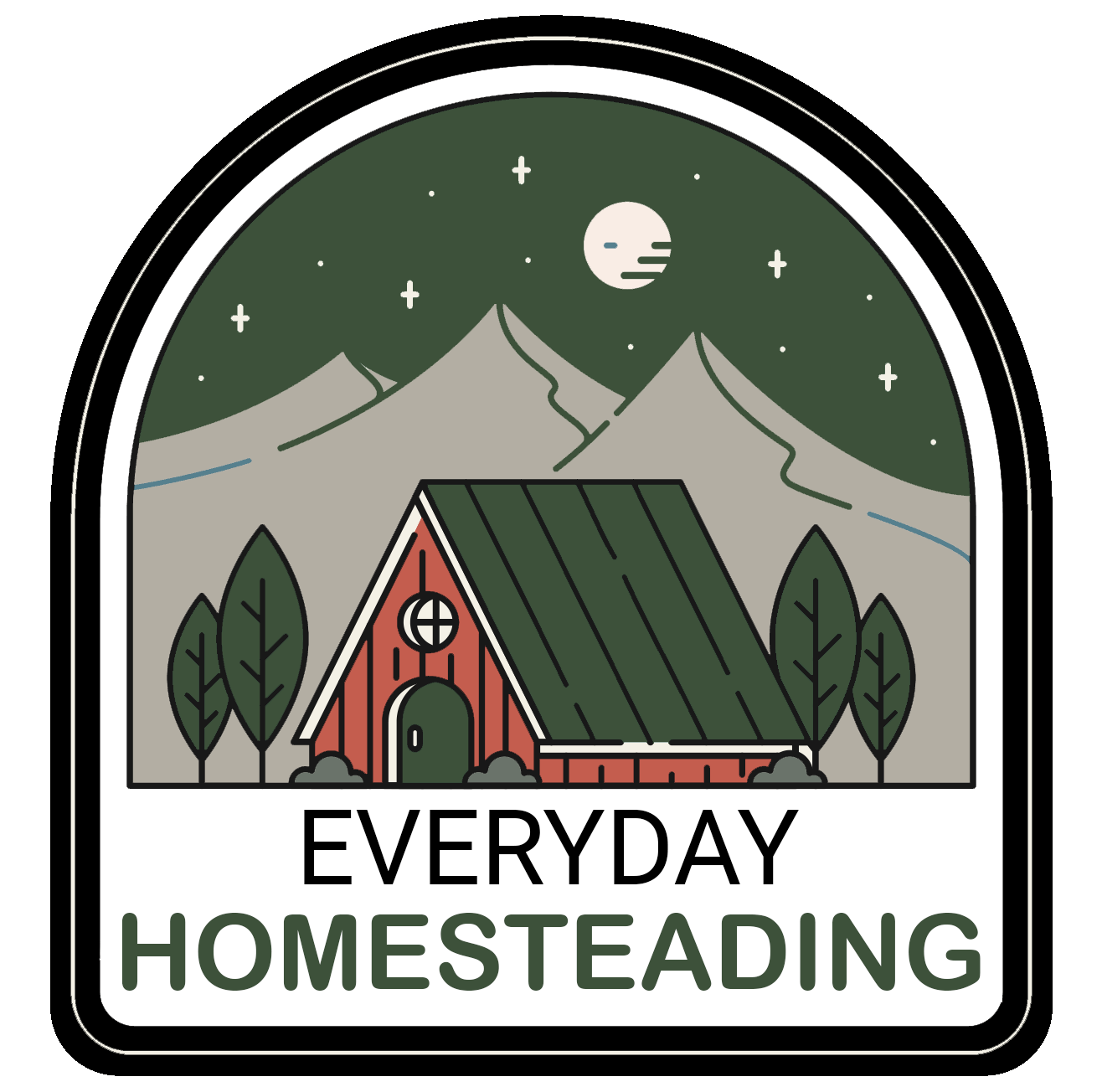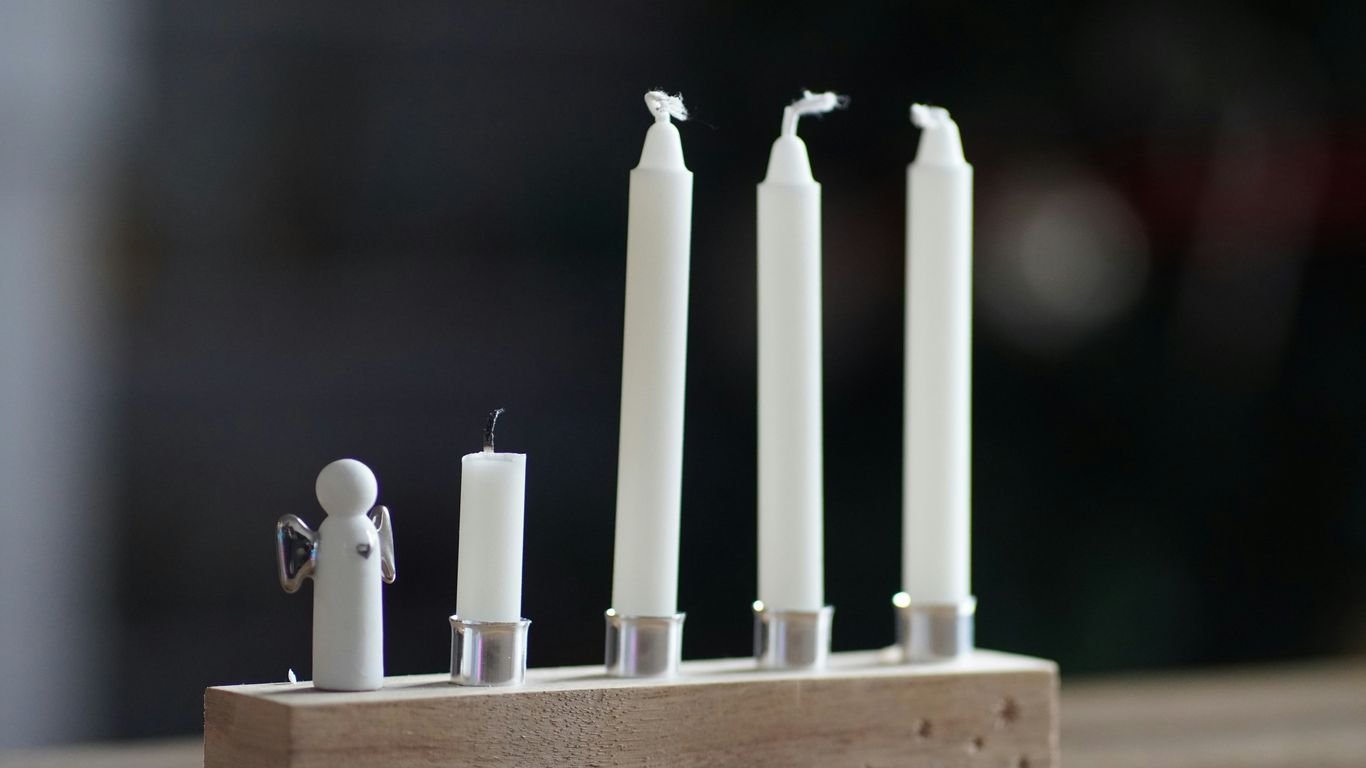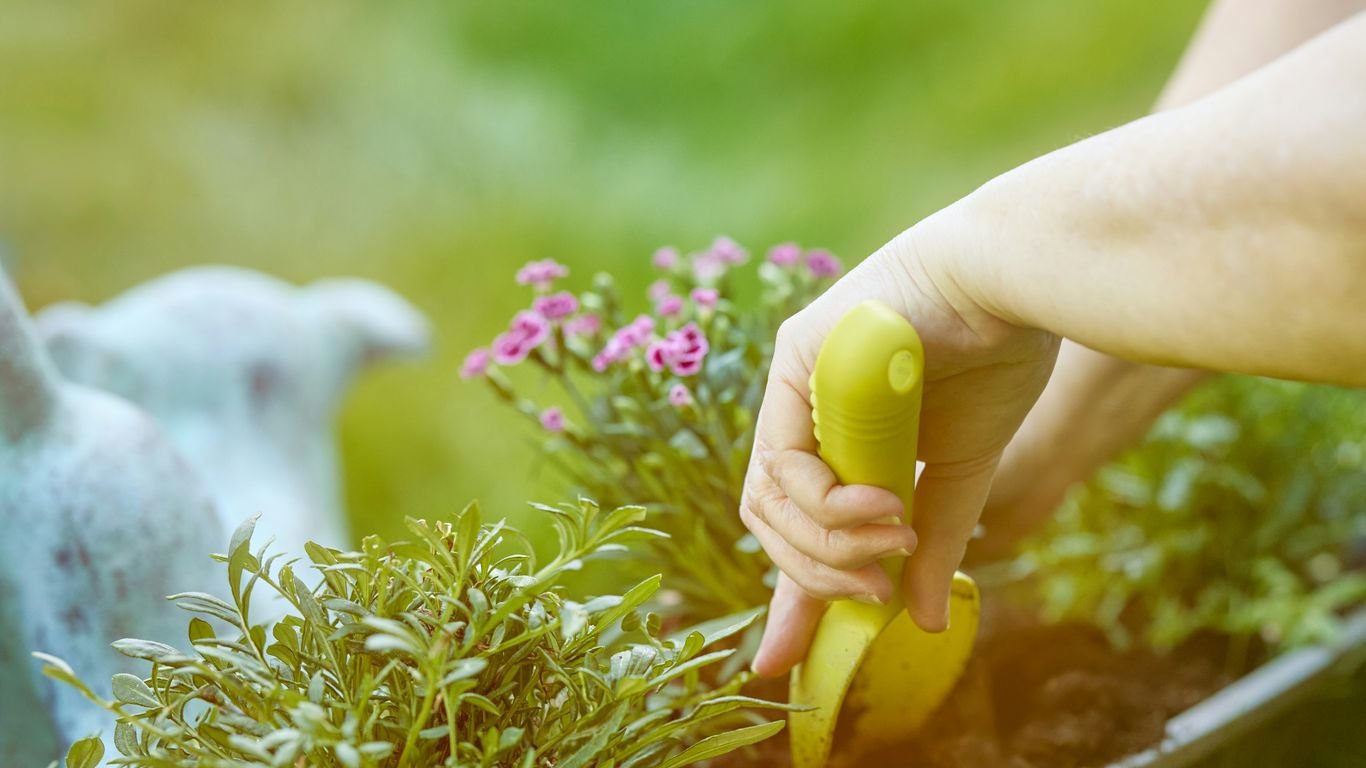Canning vs. Buying: Is Preserving Your Own Food Worth It?

We’ve all seen those beautiful jars lined up on pantry shelves, filled with colorful fruits and vegetables. It looks so appealing, right? But then we think about the work involved, the cost of jars, the time spent… is home canning really worth it compared to just grabbing a can off the store shelf? We decided to dig into the real home canning cost vs buying to see if it actually makes sense for us.
Key Takeaways
- While there’s an initial investment in equipment, the cost of jars and lids can be surprisingly low, especially when buying used or reusing them over time.
- Home canning allows us to control ingredients, avoiding preservatives and unwanted additives found in many store-bought options.
- The time commitment for canning is significant, but it can be viewed as batch cooking, saving time later when preparing meals.
- When comparing apples to apples (or green beans to green beans), home canning can be more cost-effective than buying comparable quality store-bought goods, especially if you grow your own produce.
- Beyond savings, home canning offers benefits like reduced environmental impact, custom recipes, and the satisfaction of self-sufficiency.
The Real Cost Of Home Canning
So, we’re thinking about diving into the world of home canning, right? It sounds great – shelves stocked with goodies, knowing exactly what went into our food. But before we get too carried away with visions of jam jars and pickled everything, let’s talk about the nitty-gritty: the cost. It’s not just about the price of produce; there’s a whole setup involved.
Initial Investment In Canning Equipment
First off, you can’t can without some basic gear. The big one is a canner. If you’re dealing with low-acid foods like vegetables or meats, you’ll absolutely need a pressure canner. These can range from around $80 for a basic model to over $200 for a larger, more heavy-duty one. We started with a decent pressure canner years ago, and honestly, when you break down the cost over the many years we’ve used it, it’s pennies per year. Think of it like buying a good quality tool; it lasts a long time. Then there are the jars themselves. While you can often find used jars for next to nothing, buying new ones adds up. A dozen pint jars might set you back about $10-$15. We’ve found that buying in bulk or keeping an eye out at garage sales can really cut down this initial expense.
Ongoing Costs Of Jars, Lids, And Bands
Okay, so you’ve got the canner and some jars. Now come the recurring costs. The biggest one here is the lids. You can’t reuse the sealing lids, so every time you can, you need new ones. A box of 12 lids usually costs a couple of bucks, which works out to about 15-20 cents per jar. If you’re canning a lot, this adds up! Bands, the metal rings that hold the lids on, can be reused many times, but they can also rust or get bent, so you might need to replace those occasionally too. We’ve found that reusable lids, like Tattler lids, are an option, but the upfront cost is higher. However, over the long haul, if they last for years, they can actually save money.
The Price Of Produce For Preserving
This is where things can really vary. If you’re lucky enough to have a garden overflowing with tomatoes, beans, or berries, then your produce cost is practically zero – just your time and effort. That’s the dream scenario, right? But for most of us, we’ll be buying produce. Buying in season and in bulk is key here. For example, buying a big box of peaches when they’re plentiful and cheap is way more economical than buying a few at a time out of season. We’ve found that even when buying produce, if we compare it to the price of buying the same quality of canned goods from the store, home canning often comes out ahead. It’s important to compare apples to apples, or in this case, home-canned organic green beans to store-bought organic green beans, not just the cheapest option on the shelf. You can often find good deals on produce by checking local ad flyers.
When we look at the cost of canning, it’s easy to get bogged down in the price of jars and lids. But we also need to consider the value of the food itself. If we’re growing our own, the cost is minimal. If we’re buying, focusing on seasonal bulk purchases makes a huge difference. It’s about smart shopping and planning ahead.
Comparing Homegrown Goodness To Store-Bought

So, we’ve talked about the costs of getting started with canning. Now, let’s really dig into how that stacks up against just grabbing a jar off the grocery store shelf. It’s easy to think that buying pre-canned is always the cheaper, easier route, but is it really?
The True Cost Of Store-Bought Canned Goods
When we look at store-bought options, the price tag on the shelf is just the beginning. We’re often comparing our carefully preserved goods to the cheapest versions available, which might not be the best quality. Think about a jar of tomato sauce. A store-bought one might cost a few dollars, but is it made with vine-ripened, organic tomatoes picked at their peak? Probably not. Those mass-produced items often use less flavorful varieties that are bred for shelf life and transport, not taste. Plus, there’s the potential for metal cans to leach things into the food, which isn’t a worry when we use glass jars. It’s not always an apples-to-apples comparison when you consider the quality and ingredients.
Evaluating The Value Of Your Time
This is a big one, isn’t it? We all have busy lives. Spending hours in the kitchen canning might seem like a lot when you could be doing a million other things. But let’s flip it: how much time do we spend driving to stores, wandering aisles, waiting in line, and then driving home, just to buy food? Sometimes, the time spent preserving feels more rewarding because we’re actively creating something. It’s about the satisfaction of knowing exactly what went into our food and having control over the process. It’s a different kind of time investment, one that can feel more productive and less draining than a marathon shopping trip.
Are You Really Saving Money?
This is the million-dollar question, and honestly, it depends. If you’re getting your produce for free from your own garden or a generous friend, then yes, canning is almost certainly cheaper than buying. But if you’re buying all your ingredients at full price, it gets trickier. We’ve seen that the cost of jars and lids adds up, and the initial equipment can be an investment. However, if you’re looking to lock in prices for the long term, especially with rising food costs, buying food in large #10 cans can be a smart strategy. When you factor in the superior taste and quality of home-canned goods, and the fact that you can control things like sugar and sodium, the value proposition shifts. It’s not just about the dollars and cents; it’s about the quality of what we’re eating and the peace of mind that comes with it.
Beyond The Price Tag: Other Canning Benefits

Sure, we’ve been talking a lot about the dollars and cents of canning, but honestly, there’s so much more to it than just saving a buck. When we get into preserving our own food, we’re tapping into a whole other set of rewards that just can’t be measured on a receipt.
Healthier Ingredients and Fewer Preservatives
One of the biggest draws for us is knowing exactly what goes into our food. Commercial products often come loaded with preservatives, artificial colors, and sugars we might not want in our diets. By canning at home, we have complete control. We can choose fresh, high-quality produce, often locally sourced, and skip all the mystery additives. It’s a fantastic way to ensure we’re feeding ourselves and our families the cleanest, healthiest food possible. Think about it: no more worrying about BPA in tomato cans or excessive sodium in canned beans. We get to decide on the ingredients, making our pantry staples as wholesome as can be.
Reducing Our Environmental Footprint
Canning is surprisingly eco-friendly. When we preserve food at home, we’re cutting down on the massive amount of packaging that store-bought goods require. Plus, those glass jars? They’re reusable, year after year. Instead of food traveling thousands of miles on trucks and ships, burning fossil fuels, our food is just making the short trip from the garden or farmer’s market to our kitchen and then to our pantry. It feels good to make choices that are kinder to the planet.
The Joy of Customizing Our Own Recipes
Who says you have to stick to the standard recipes? Canning opens up a world of culinary creativity. We can experiment with unique flavor combinations, like a spicy peach jam or a dill pickle with a hint of ginger. We can adjust the sweetness, the spices, and the ingredients to perfectly suit our tastes. It’s incredibly satisfying to pull a jar of something uniquely ours off the shelf, knowing we created it from scratch with our own personal touch.
Is Canning Worth The Effort?
We get it. Looking at all those jars, the boiling water, the steam – it can seem like a lot. You might be wondering if all this fuss is really worth it. We’ve certainly had those moments, staring at a mountain of peaches or a bumper crop of tomatoes, and thinking, "Can I really do this?" But honestly, once you get past the initial learning curve, the rewards start to stack up.
The Time Commitment For Canning
Let’s be real, canning takes time. It’s not something you can usually squeeze in between other chores on a busy Tuesday. Depending on what you’re preserving and how much, you could be looking at a few hours, or even a whole day. Think about it: you’ve got to wash, chop, cook, fill jars, process them, and then clean up. It’s a process. However, we’ve found that when we compare the time spent canning a large batch to the time it would take to prepare those same foods fresh throughout the week, canning often comes out ahead. It’s like a super-powered version of batch cooking, where you’re prepping meals (or ingredients) for months to come.
The Satisfaction Of Self-Sufficiency
There’s a unique feeling that comes with opening your pantry and seeing shelves lined with food you preserved yourself. It’s a tangible sense of accomplishment. Knowing exactly what went into each jar – no weird additives or excessive sugar – is a big win for us. Plus, in uncertain times, having a well-stocked pantry built from your own efforts provides a real sense of security. It’s about taking a bit of control back, relying less on the grocery store and more on your own hard work. That feeling of self-sufficiency? It’s pretty powerful.
When Canning Makes Financial Sense
So, does it actually save us money? The answer is usually yes, but it depends on how you look at it. If you’re comparing your home-canned goods to the cheapest store-bought options, maybe not. But when you compare it to high-quality, organic, or specialty canned items, you’re often coming out way ahead. Buying produce in season when it’s abundant and cheap is key. We’ve found that the cost of jars and lids, while an initial investment, becomes pennies per jar over the years, especially if you find used jars or inherit them. The real savings kick in when you factor in the quality of ingredients and the long-term value of having your own food supply.
Smart Strategies For Cost-Effective Canning
So, we’ve talked about the costs and benefits, but how do we actually make canning work for our wallets? It’s not just about buying jars and hoping for the best. We need to be smart about it. Finding deals and using what we have is key to making home canning a truly budget-friendly practice.
Finding Affordable Canning Supplies
Let’s be real, those shiny new jars and lids can add up fast. But there are ways to get them without breaking the bank. Think about hitting up thrift stores or garage sales. People are often getting rid of perfectly good canning jars, sometimes for a fraction of the new price. We’ve seen savings of 30-50% just by looking secondhand. And don’t forget about reusable lids! While the initial cost might be a bit higher, they can be used year after year, saving us money in the long run. Splitting an order with friends is also a great way to cut down on individual costs for these items.
Maximizing Your Harvest For Canning
This is where we really get the most bang for our buck. If we’re lucky enough to have a garden that’s overflowing, or if we find a great deal at a farmer’s market or a ‘u-pick’ farm, we should try to preserve as much as possible. Buying produce when it’s in season and abundant means we’re getting it at its lowest price. Think about those summer berries or fall apples – they’re usually cheapest when they’re everywhere. We can also ask friends or neighbors if they have extra produce from their trees or gardens. Sometimes, people are happy to share, and we can end up with free ingredients!
Utilizing Reusable Canning Components
This ties back to supplies, but it’s worth its own point. Glass jars are fantastic because they’re designed to be used over and over. We don’t need to buy new ones every single time we can something. The real recurring cost often comes down to the lids. While traditional lids are single-use, there are now reusable canning lids available. Yes, they might cost more upfront, but if we use them for several seasons, they can definitely be more economical than buying new lids every year. Plus, it feels good to reduce waste!
When we’re looking at the cost of canning, it’s easy to get caught up in the price of jars and lids. But we also need to remember the value of the food itself. Preserving food at its peak freshness means we’re getting better quality and flavor than many store-bought options, and we control exactly what goes into it. That’s a value that’s hard to put a price on, especially when feeding our families.
So, Is It Worth It?
After looking at all this, we think the answer is a pretty big ‘yes,’ but with a few notes. If you’re just looking to save a few bucks on canned beans, maybe buying from the store is easier. But if you care about what’s in your food, want to taste amazing, fresh flavors all year, or just enjoy the process of making something yourself, then canning is totally worth the effort. It’s a way to be more self-sufficient, make thoughtful gifts, and have peace of mind knowing exactly what you’re feeding your family. Plus, getting those shelves stocked feels pretty great.
Frequently Asked Questions
Why do we choose to can our own food?
We choose to can our own food for a bunch of reasons! Many of us do it to make sure we’re eating healthier, avoiding things like BPA found in some store-bought cans, and keeping out extra sugars or preservatives. It’s also a great way to reduce waste since we can reuse jars, and our food doesn’t have to travel far from our kitchen to our pantry.
Does canning at home actually save us money?
It can, but we have to compare things fairly. If we’re comparing the cost to the cheapest store-bought options, maybe not. But if we’re looking at similar quality foods and considering the cost of ingredients, especially when we buy produce in season or grow our own, then yes, we can definitely save money. Plus, the jars and bands can be reused for years, making them cheaper over time.
What are the initial costs involved in starting to can?
To start canning, we need some basic equipment. This usually includes canning jars, lids, and bands. For some types of food, like low-acid vegetables, we might also need a pressure canner, which can be a bigger upfront cost. However, we can often find jars and equipment secondhand or get them as hand-me-downs, which really cuts down on the initial expense.
How much time does canning really take?
The time it takes to can varies depending on what we’re preserving and how we’re doing it. Some methods, like making jams, can take a bit longer. But when we can large batches of food at once, it can actually be faster than cooking those items fresh every time we want them. It’s like super-powered batch cooking for our pantry!
Are there benefits to canning besides saving money?
Absolutely! Beyond potential savings, we get to control exactly what goes into our food, meaning healthier ingredients and no unwanted additives. It also feels really good to be more self-sufficient, knowing we have a good supply of food we preserved ourselves. Plus, we can create unique flavors and recipes that aren’t available in stores.
What’s the difference in taste and quality compared to store-bought canned goods?
We often find that our home-canned foods taste so much better! When we use fresh, ripe produce that we picked ourselves or bought locally, the flavor is incredible. It’s a quality you just can’t get from food that’s been shipped long distances and processed months before it reaches the store shelf. It truly reflects the care we put into making it.






